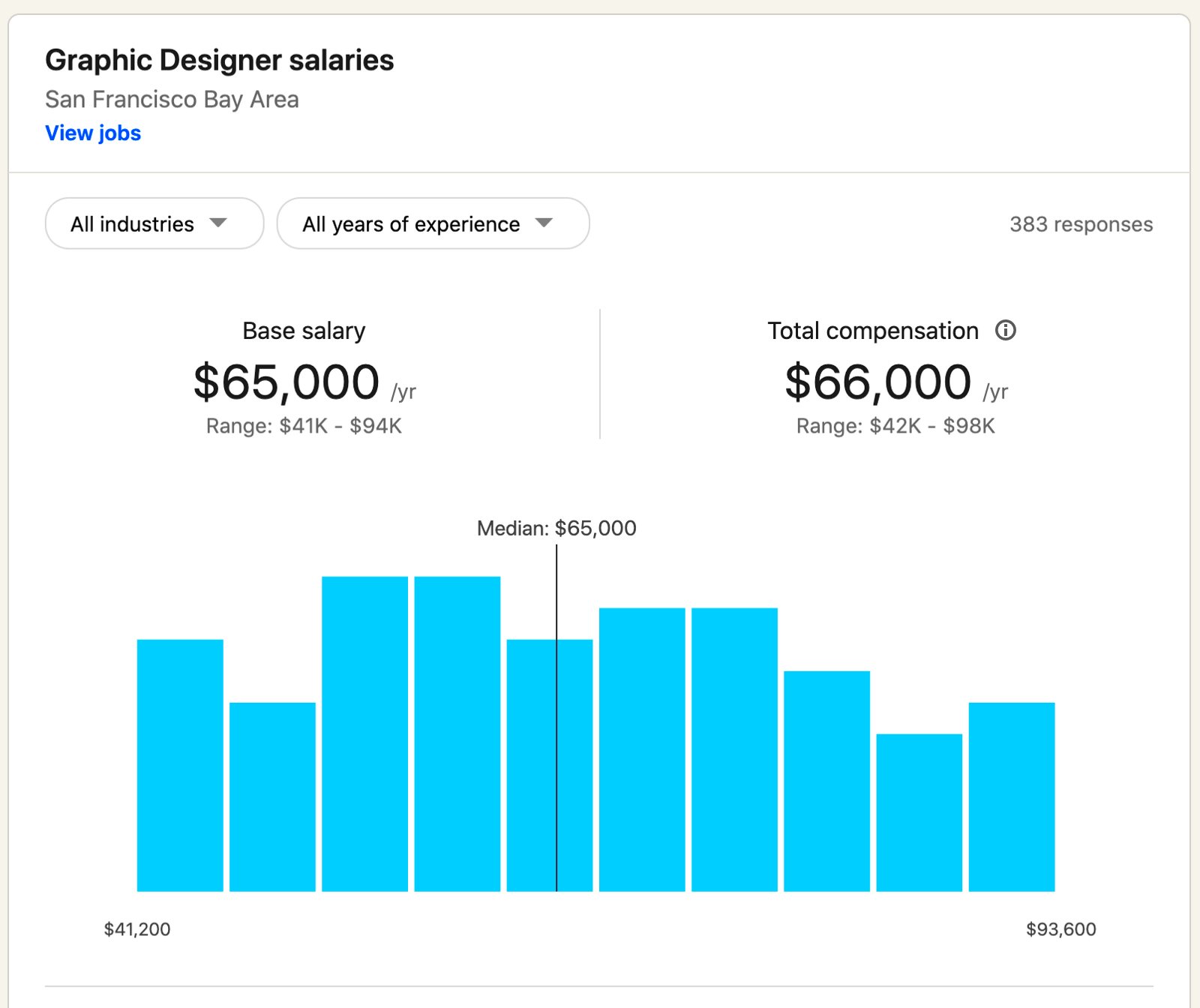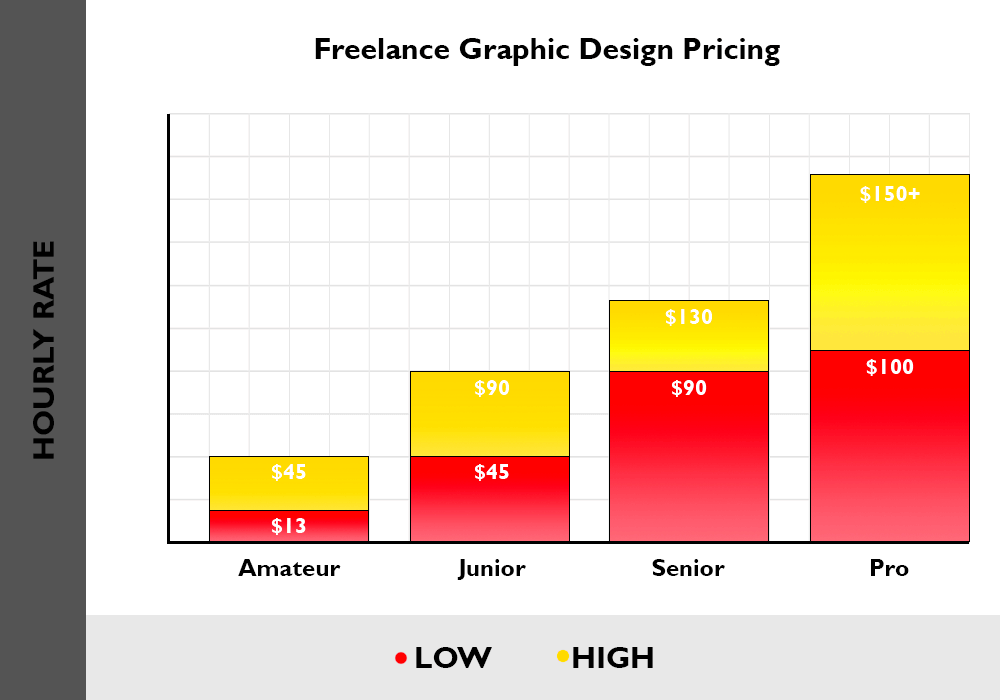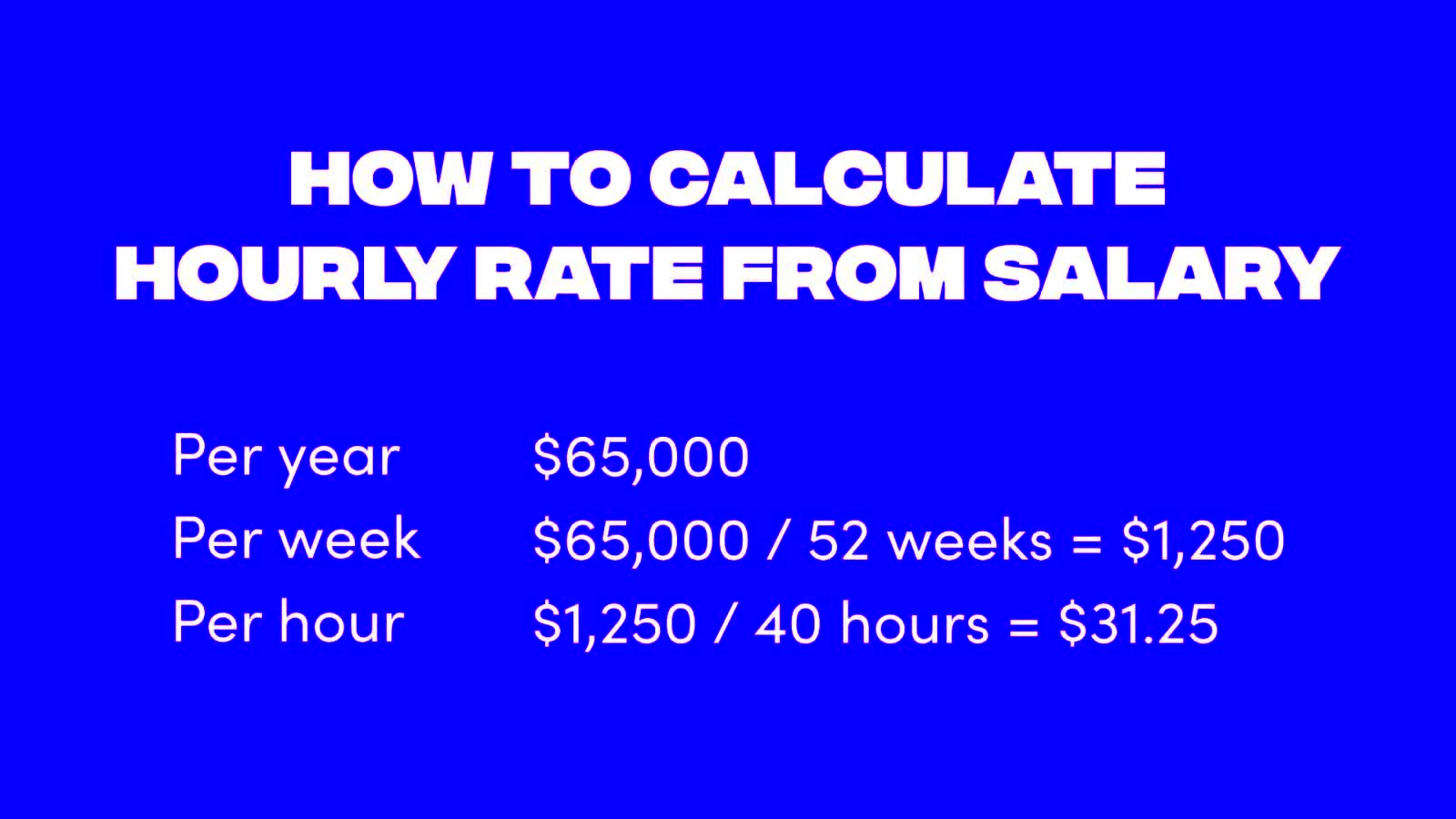Freelance graphic designers are professionals who offer design services on a project basis rather than being employed by a company full-time. They work with clients on various design needs such as logos, websites, advertising materials, and branding. Freelancing offers flexibility, allowing designers to choose their projects, work from anywhere, and set their rates. However, it also comes with challenges like fluctuating income and the need for self-promotion. In this blog, we'll explore what affects freelance graphic designers' hourly earnings and how they can improve their rates.
Factors Affecting Hourly Earnings in Graphic Design

The hourly earnings of freelance graphic designers can vary greatly depending on several factors. Understanding these factors can help you determine how much you can charge and what influences your potential income. Here are the main elements that impact hourly rates:
- Experience: Designers with more years in the industry tend to charge higher rates due to their expertise.
- Skill Level: Specialized skills in areas like web design, UX/UI, or animation can command higher pay rates.
- Client Type: Working with large companies or international clients can result in higher earnings than local small businesses or individuals.
- Location: Designers based in cities with a higher cost of living may charge more due to increased overhead and demand.
- Project Scope: More complex projects that require more time and effort typically result in higher hourly rates.
Taking these factors into account can help freelance graphic designers set more competitive rates and boost their income.
Also Read This: How Fiverr Works for Sellers
Average Hourly Rate for Freelance Graphic Designers

The average hourly rate for freelance graphic designers varies widely, but generally, it falls within a specific range depending on the factors mentioned above. Here’s an overview of what you can expect:
| Experience Level | Hourly Rate Range |
|---|---|
| Entry-Level (0-2 years) | $25 - $50 per hour |
| Mid-Level (3-5 years) | $50 - $80 per hour |
| Experienced (5+ years) | $80 - $150 per hour |
| Expert/Highly Specialized | $150 - $250+ per hour |
Note: These rates can fluctuate based on the complexity of the project, location, and client type. Additionally, some designers may opt for project-based pricing rather than hourly rates, especially for larger or long-term projects.
Freelance graphic designers should carefully assess their experience, skills, and client needs when setting their rates to stay competitive and ensure they’re earning what they deserve.
Also Read This: Should I Use My Real Name on Fiverr?
How Experience Impacts Hourly Earnings in Graphic Design

Experience plays a crucial role in determining how much a freelance graphic designer can charge. With more experience, designers develop their skills, build a portfolio, and gain industry recognition, all of which enable them to command higher hourly rates. Clients are often willing to pay more for a designer who can deliver high-quality work efficiently. Here's how experience can impact earnings:
- Increased Skill Level: With years of practice, designers refine their craft, learning new techniques and software tools, which allow them to take on more complex projects and charge higher rates.
- Better Client Relationships: Experienced designers understand how to communicate with clients, manage expectations, and handle revisions efficiently, which helps them deliver projects on time and get repeat business.
- Established Portfolio: Over time, designers can build a strong portfolio that showcases their best work, making it easier to attract high-paying clients.
- Higher Demand: As designers gain a reputation, they often become sought after by clients who value their expertise, leading to higher-paying opportunities.
However, experience doesn’t guarantee success right away. New designers can still earn competitive rates if they focus on niche skills or build a strong personal brand. Nonetheless, experience remains a key factor in achieving higher earnings in the freelance design world.
Also Read This: How to Make a Custom Order on Fiverr
Specialized Skills and Their Effect on Hourly Rates
Specialized skills are one of the biggest factors that can push a freelance graphic designer's hourly rate higher. While basic graphic design skills are valuable, mastering a niche can significantly increase earning potential. Clients are often willing to pay more for designers who have expertise in specific areas that require advanced knowledge. Some of these specialized skills include:
- UI/UX Design: Designers who specialize in user interface and user experience design are highly sought after, especially in tech and web development industries.
- Motion Graphics: Creating animations or video graphics is a highly specialized skill that many clients pay a premium for.
- Brand Strategy and Identity: Designers who focus on brand creation and strategy can demand higher rates, as their work goes beyond simple graphic design to include deep brand development.
- Web Design and Development: Graphic designers with skills in web design, particularly those who can integrate coding with visual design, can earn higher rates than those with just graphic design expertise.
- 3D Design and Modeling: This is a niche skill that commands a high price, especially for designers working in industries like gaming, film, or product design.
Specializing in one or more of these areas not only boosts a designer’s hourly rate but also opens the door to more lucrative projects, allowing them to build a solid client base and establish themselves as experts in their field.
Also Read This: Why Can’t I Access Fiverr? Understanding Common Issues and Solutions
How to Set Competitive Hourly Rates as a Freelance Graphic Designer
Setting the right hourly rate as a freelance graphic designer can be tricky. You don’t want to price yourself too low, risking undervaluing your work, but you also don’t want to price yourself out of potential clients. Here are some steps to help you set a competitive hourly rate:
- Research the Market: Look at what other freelance graphic designers with similar experience and skills are charging. Check platforms like Fiverr, Upwork, or local design agencies to understand the going rates.
- Consider Your Experience: If you're just starting out, you may need to charge lower rates initially to build your portfolio. As you gain more experience, you can gradually increase your rates.
- Evaluate Your Specialization: If you have specialized skills, factor in how rare and in-demand those skills are when setting your rates. Niche skills tend to have higher earning potential.
- Account for Expenses: Don’t forget to include any business expenses such as software, hardware, marketing, and taxes when determining your rate. Your rate should not just cover your time but also your operational costs.
- Test Your Rates: Start by offering your services at a competitive rate and monitor how clients respond. If you’re getting too much work and not enough time, it may be time to raise your rates.
- Be Transparent with Clients: Set clear expectations regarding your rates from the start. Some clients may try to negotiate lower rates, but it’s important to stick to what you believe your work is worth.
By doing some research, understanding your worth, and being confident in your skills, you can set a competitive rate that reflects the quality of your work while also keeping clients happy. Keep in mind that you can always adjust your rates as you grow your business and gain more experience.
Also Read This: Is Fiverr Too Saturated? Exploring the Platform’s Viability for Freelancers
Common Challenges Freelance Graphic Designers Face with Pricing
Freelance graphic designers often face several challenges when it comes to setting and managing their prices. Balancing fair pay for their work with attracting clients can be tricky. Below are some common issues designers encounter with pricing:
- Underpricing: Many new designers, eager to get clients, set their rates too low. While this may help get started, it can lead to burnout and difficulty increasing rates later.
- Overpricing: On the flip side, some designers, especially those with specialized skills, may set their prices too high, which can discourage potential clients from reaching out.
- Client Expectations: Clients may not always understand the value of quality design work, leading to difficult price negotiations. Some clients expect more for less, which can create tension.
- Inconsistent Workload: Freelance designers face fluctuating workloads, making it difficult to estimate how much they will earn. This inconsistency can lead to pricing issues and cash flow concerns.
- Scope Creep: Clients sometimes request additional work outside the original agreement without offering to pay more. It’s essential to have clear contracts and boundaries to prevent this from affecting earnings.
- Market Competition: With many designers offering similar services, it can be hard to stand out. Pricing competitively while maintaining the perceived value of your work is a constant challenge.
To overcome these challenges, designers should educate clients about the value of their work, adjust their rates based on experience and specialization, and create clear contracts to protect themselves and ensure they’re paid fairly for their time and skills.
Also Read This: What Does “Gig Paused” Mean on Fiverr?
Conclusion
Freelance graphic design can be a rewarding career with the potential for flexibility and a good income. However, setting the right hourly rate and managing client expectations can be a challenging aspect of the job. By considering factors like experience, specialization, and market conditions, designers can set competitive rates that reflect their skills and the value they provide to clients. Overcoming challenges like underpricing, inconsistent workloads, and scope creep requires careful planning, communication, and a clear understanding of one’s worth. With the right approach, freelance graphic designers can build successful careers and sustain steady growth.
Frequently Asked Questions
1. How much should a beginner freelance graphic designer charge?
As a beginner, a freelance graphic designer should aim to charge anywhere from $25 to $50 per hour, depending on their skill level and the complexity of the project. It's important to start lower to attract clients and build a portfolio but gradually increase rates as you gain experience.
2. How do I know if I'm charging too much for my services?
If potential clients are consistently rejecting your rates or you’re not getting the volume of work you want, it might be time to reconsider your pricing. Comparing your rates to other professionals with similar experience and skill sets can also help you gauge whether your rates are reasonable.
3. Can I increase my hourly rate as I gain more experience?
Yes, as you gain more experience, improve your skills, and build a strong portfolio, you should gradually raise your hourly rates. Clients are generally willing to pay more for designers who bring more value through expertise, specialization, and a proven track record.
4. How can I handle clients who want more work without paying extra?
It’s crucial to set clear boundaries and discuss the scope of the project before starting. If clients request additional work, politely explain that the new tasks fall outside the original agreement and offer a quote for the extra work. Having a contract in place helps avoid misunderstandings.
5. What if clients try to negotiate my rates?
Negotiating rates is common, but it’s important to stick to your pricing if you believe it reflects the value you offer. If a client pushes for a discount, you can explain the reasons behind your rates and offer alternative solutions, such as a smaller project or adjusted timelines, if necessary.




